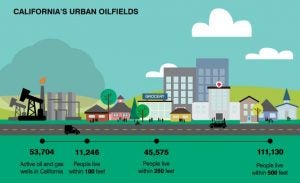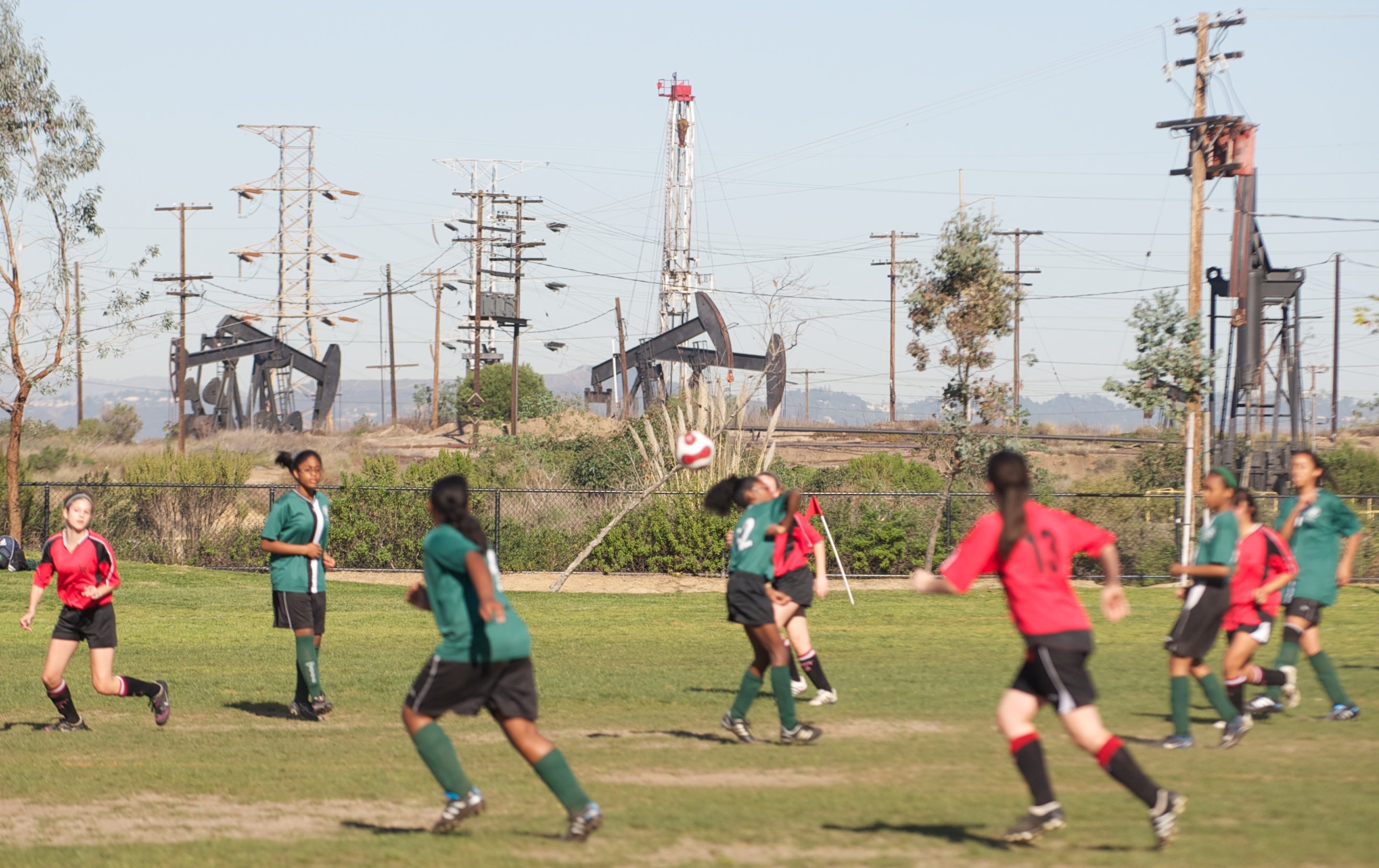
Tech for change video series: No peace of mind
This post is part 2 of EDF’s Tech for Change series, which aims to spotlight the way pollution-sensing technology can protect public health and the environment in California. Watch part 1 or 3.
Oil and gas operations have existed for decades in California’s Central Valley and the greater Los Angeles area, but many people may not realize that over 3,500 active oil and gas wells dot LA County alone. These wells exist near schools, hospitals, and homes – which is cause for concern since oil and gas wells are known to emit dangerous chemicals like benzene, a known carcinogen.
So, what’s being done to ensure we have accurate, timely information about pollution coming from these oilfields? Very little. Few regulations require pollution monitoring at California’s oil and gas wells.
[Tweet “Urban oil wells can pose health risks for nearby residents. What’s being done about it?”]
That answer doesn’t sit well with residents. When asked what would give Deborah Weinrauch, a longtime resident and neighbor to the Inglewood Oil Field, peace of mind, she asked for “active, daily, precise monitoring of everything that’s going on in the oilfield, so I can make informed decisions about any action I take.”
Thanks to advancements in pollution sensing technology, we now have the tools to affordably monitor oilfield emissions accurately and in real-time. Deploying this technology could enable California to protect public health, cut pollution, and give residents the peace of mind they deserve.












